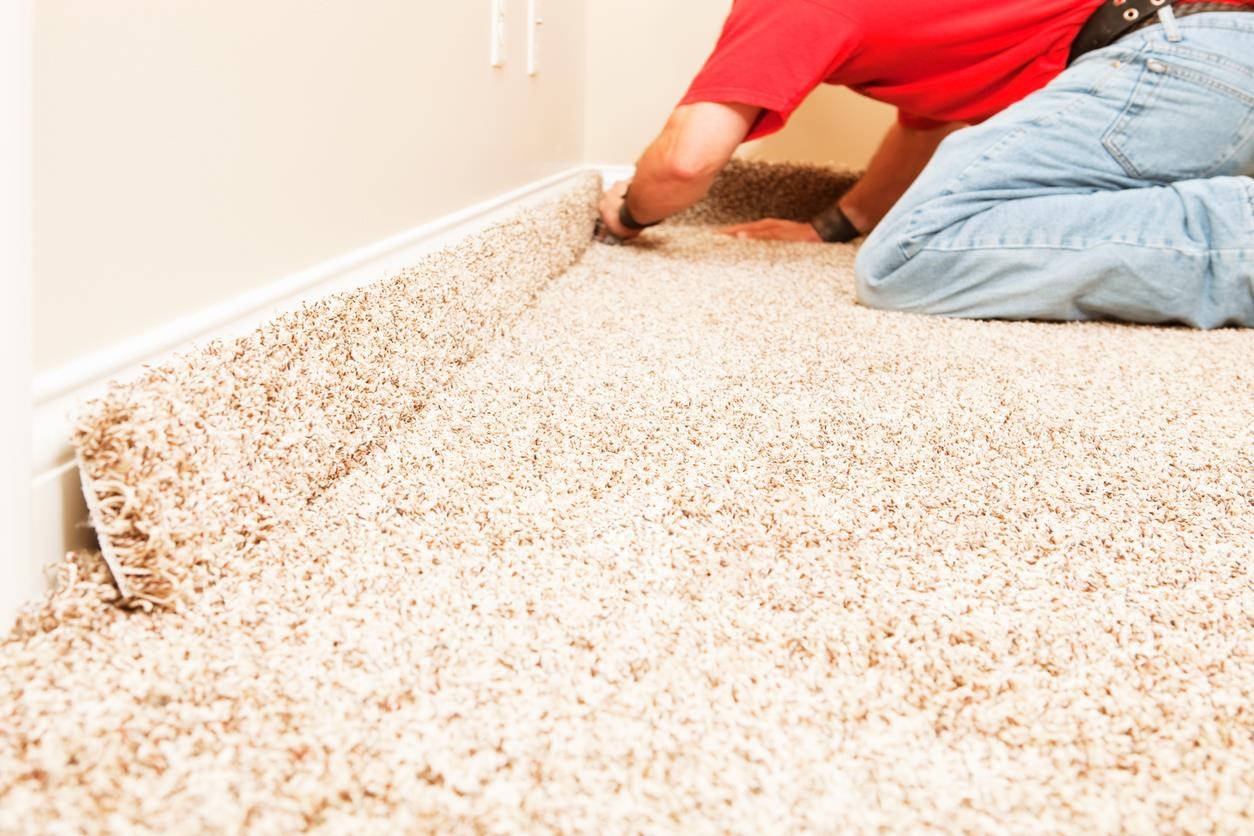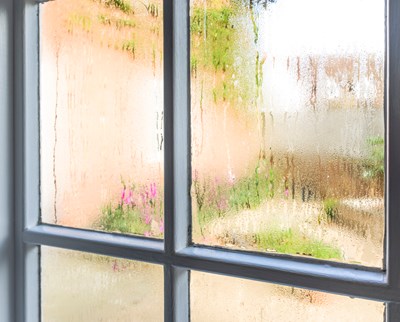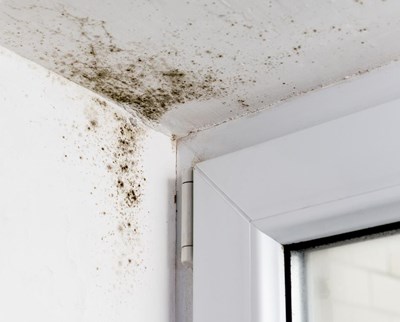
Mold growth may be easy to miss in your home. Removing mold growth from hard surfaces is typically easier than from carpeting, as you can use techniques like scrubbing it off. Unfortunately, removing mold growth from carpet is not as easy to manage.
How Does Mold Grow on Carpet?
According to the Environmental Protection Agency (EPA), there are molds that grow on wood, paper, food, and insulation, as long as there is moisture and oxygen present. Mold spores can enter your home through open doorways, windows, vents, and heating and air conditioning systems. When the mold spores meet with spots of excess moisture, mold growth begins.
Unfortunately, carpet holds moisture, which supports mold growth. If the carpeting gets wet enough to dampen the padding, that excess moisture supports (or even promotes) mold growth.
How to Know If Your Carpet Is Moldy
Mold can grow in many hidden places, including the underside of your carpet and padding. Most cases begin with mold growth under the surface and it only becomes visible in more serious cases. Your suspicions of mold may be correct if your home smells moldy, there has been confirmed water damage, or residents are experiencing mold-related health problems. However, confirming a mold problem may be difficult in some cases and requires caution. If you are lifting carpet and padding where you suspect mold growth is occurring, disturbing the site may lead to a massive release of mold spores into the air.
How to Prevent Mold Growth in Your Carpet
Eliminating the presence of mold spores may be unavoidable, but there are methods of preventing the growth of mold. Below are methods of preventing mold growth in your carpet:
- Do not install carpeting in rooms or areas with high levels of moisture including bathrooms, kitchens and basements.
- Dry carpet and backing quickly after it gets wet. Remove water with a wet or water-extraction vacuum. Wet vacuums should only be used when materials are still wet, or they may spread mold spores. Pull carpet and padding off the floor, both air drying and fan drying. They both must be pulled up, dried, and then reinstalled.
- A water-extraction vacuum can be used to remove water from concrete or cinder block surfaces below the carpet and pad.
- Keep humidity levels low. Humidity in your home can be managed by using an air conditioner or dehumidifier. Dehumidifiers can also help to accelerate drying.
- Use an air purifier to filter mold spores out of the air before they are able to find moisture and grow.
What to Consider Before Taking on Mold Removal
Once mold growth has begun on the carpet, it is time to consider your options for managing it. Taking on the task of mold removal from your carpet by yourself may not the best option for everyone. Mold can grow on or fill in empty spaces and crevices of absorbent or porous materials, like carpet, so the mold may be difficult or impossible to remove completely. Throw rugs that have gotten wet can be kept, but only if they can be thoroughly washed and do not have a moldy smell once dried.
If growth has occurred in more than one area or there is a large area of growth, the carpet should be completely removed and replaced. Smaller areas of growth may be managed and removed. There are two methods of managing smaller areas of growth: cleaning or replacement.
Removing Mold from Your Carpet
If the mold growth is contained within a small area of carpet, cleaning to remove the mold may be possible. Below is a method of cleaning a small areas of mold growth.
- Stop the water or moisture source. Without moisture, the mold spores would not develop into mold. Once you are aware of mold, find the source of moisture is coming from and solutions to stopping it. If the source of water or moisture is not fixed, it may return once again.
- Isolate the area of mold growth. Once you have found mold, you will want to isolate the area from the rest of your home in order to prevent or reduce the spread of mold spores while disturbing the area.
- Ensure proper ventilation within the area of mold growth. While isolation of the area is necessary to prevent the spread of mold, the area should still be well-ventilated.
- Use a dehumidifier prior to, during, and after removal to keep areas dry and to prevent continued mold growth.
- Use a HEPA-vacuum. Regular household vacuums should not be used for mold removal, as they may store mold inside and spread it to the rest of your home the next time it is used.
- Remove and replace carpets that have been soaked and cannot be completely dried.
Other tips during removal
- Keep children and pets out of the area
- Avoid using bleach
Please be advised that cleaning may not be the best solution for every scenario. Smaller areas of mold growth can also be managed through patching. Once the section of carpet has been fully assessed, the patch where mold growth occurred can be removed and replaced. This solution may not be ideal in cases where carpet is hard to blend or match.
Conclusion
Mold spores are consistently present in the air. With the right conditions mold growth will occur, and carper can easily provide those conditions. Preventive measures are the best method of managing mold in your carpet since, in most cases, the carpet will need to be removed and replaced. Preventing mold in your home may help to prevent the potential health effects due to exposure.


